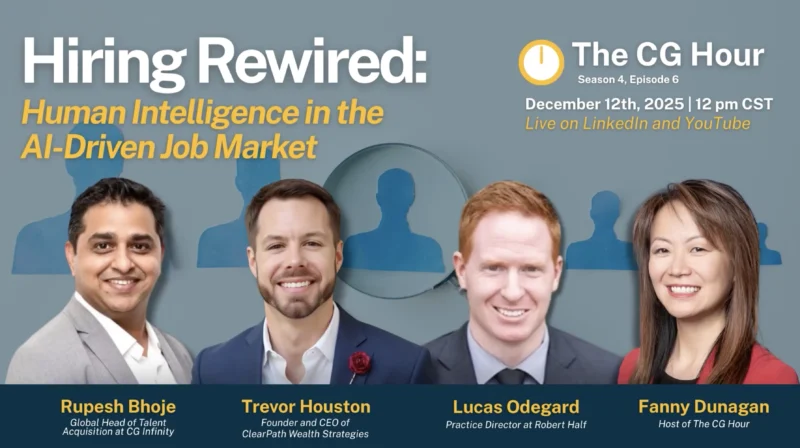How Facial Recognition Can Go Beyond Security
Face recognition technology has become accurate enough for practically everyone to have an interest in it. Any place with security concerns—including sporting facilities, malls, and public places where large numbers of people may assemble—or who want to reduce shoplifting, should have at the very least investigated facial recognition. Even those who are using standard digital cameras for security could easily upgrade to facial recognition by simply starting to use the software.
Security may be the beginning, but there are many other possible uses for facial recognition that go beyond identifying whether or not someone is a security threat. It is not a reach to say retailers, grocers and other stores could implement the technology and information that comes with it to improve the customer experience.
Mary Haskett, co-Founder and CEO of Blink Identity, sees both security and marketing as the main areas for growth in facial recognition, noting that “With Amazon’s Rekognition you can expect to see more and more solutions in both categories.”
Austin, Texas-based Blink Identity provides facial biometrics software solutions for live events, healthcare companies and commercial properties to add security, data and unique experience opportunities to venues and customers. As with any cutting-edge technology, the industry is still figuring out how and where it makes sense to implement itself.
“I feel strongly that there are appropriate and inappropriate uses of this technology. In the US, we do not have clear standards for how the technology is used but at Blink Identity we have some basic standards that we always follow,” Haskett said. “It really comes down to transparency and accountability. In general, people need to be aware that they are being photographed, and know when and where their data is being shared. These systems need to be voluntary and opt-in as much as possible. For example, all of our solutions assume that the end user enrolls in our system by sending us a selfie from their cell phone and that gives them access to a ‘VIP Entry’ lane at the venue.”
In the retail world, the use of facial recognition is likely to make shopping more personalized, but having a system that knows what a customer is interested in buying and then advertising it to said person will probably make birthday and holiday shopping a lot easier in the future. People just may have to give up their privacy for that luxury.
Haskett also observes that while she has heard of the technology being used without people’s knowledge or consent, she considers it to be an ethical violation at the very least, and she notes that in some states it is even illegal.
As facial recognition becomes more commonly used, these issues are going to become more complex. Privacy expectations are changing as technology becomes more intimately involved in people’s lives and routines, and privacy laws are having a hard time keeping up.
For the latest news, videos, and podcasts in the Pro AV Industry, be sure to subscribe to our industry publication. A new episode of the Pro AV Show drops every Thursday.
Follow us on social media for the latest updates in B2B!
Twitter – @ProAVMKSL
Facebook – facebook.com/marketscale
LinkedIn – linkedin.com/company/marketscale








